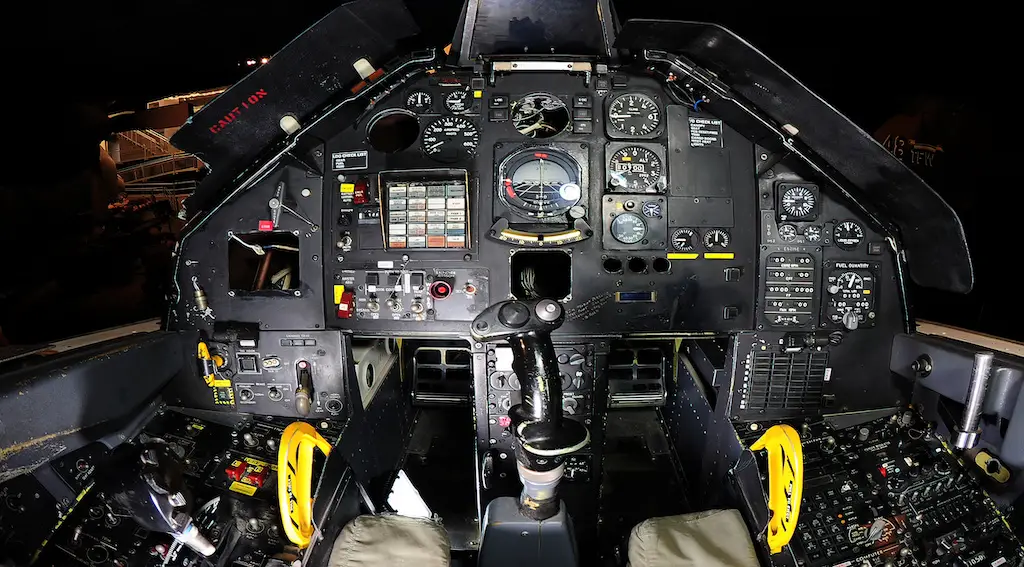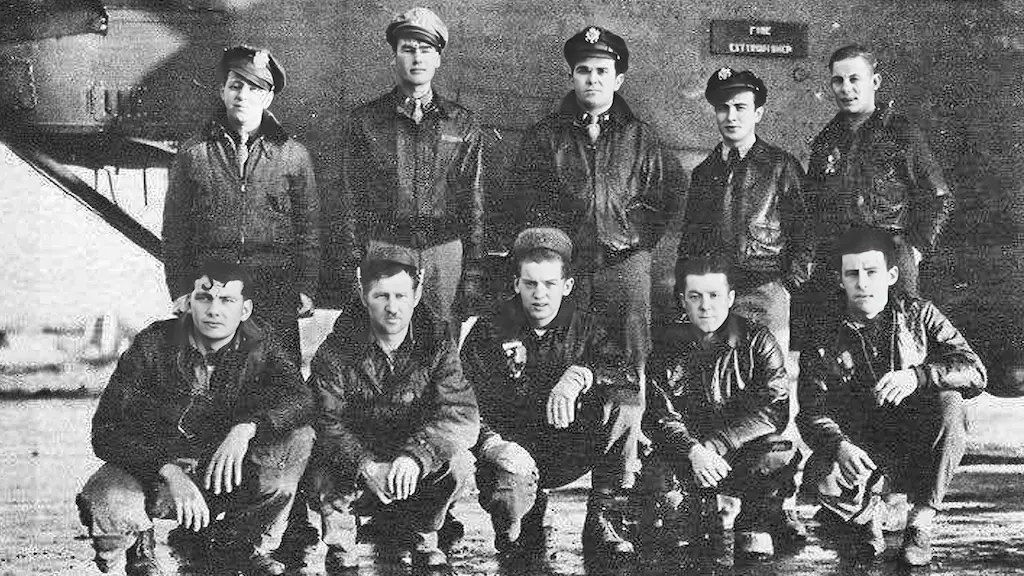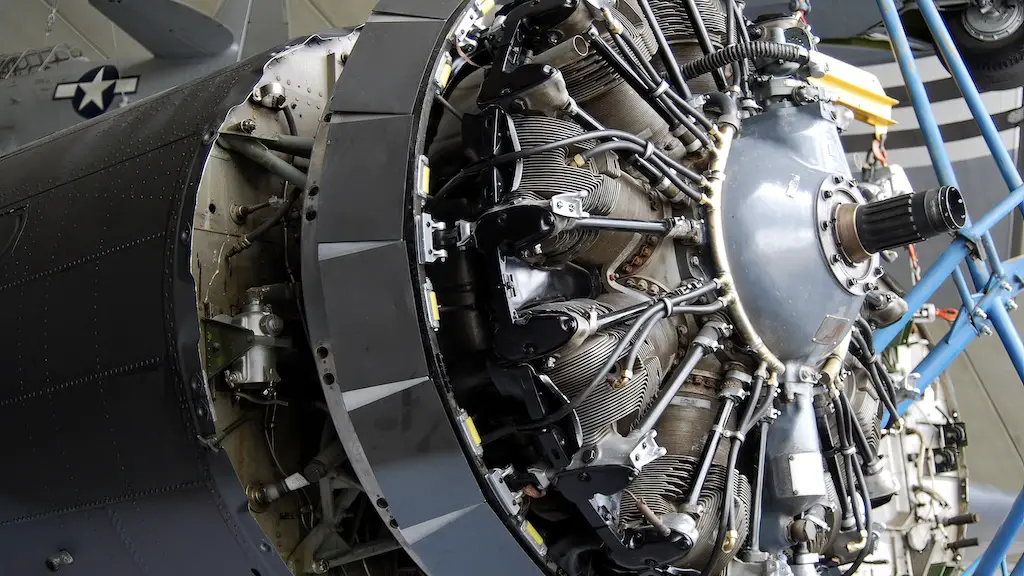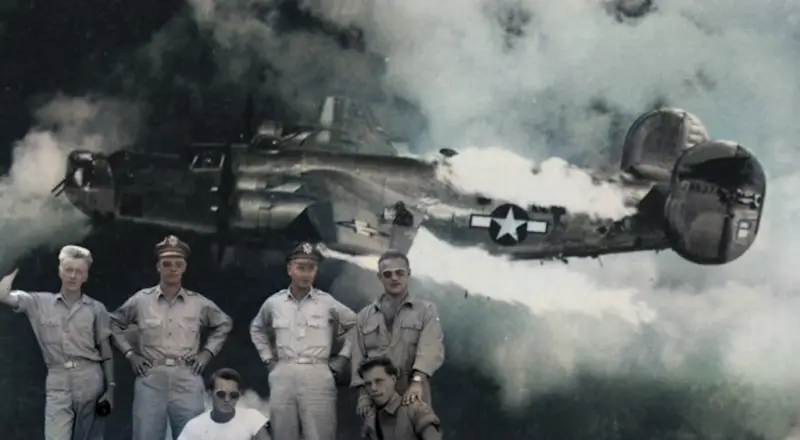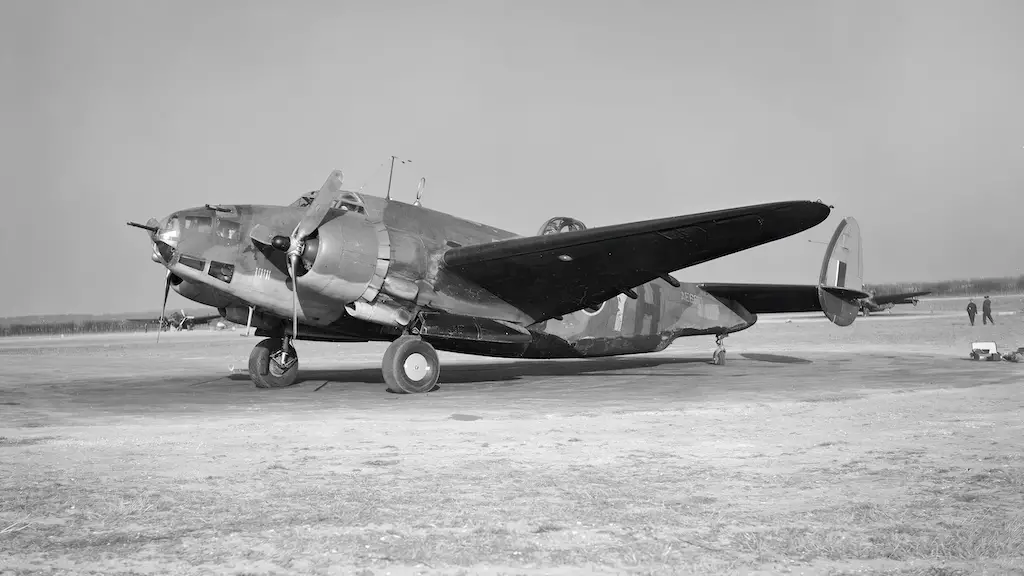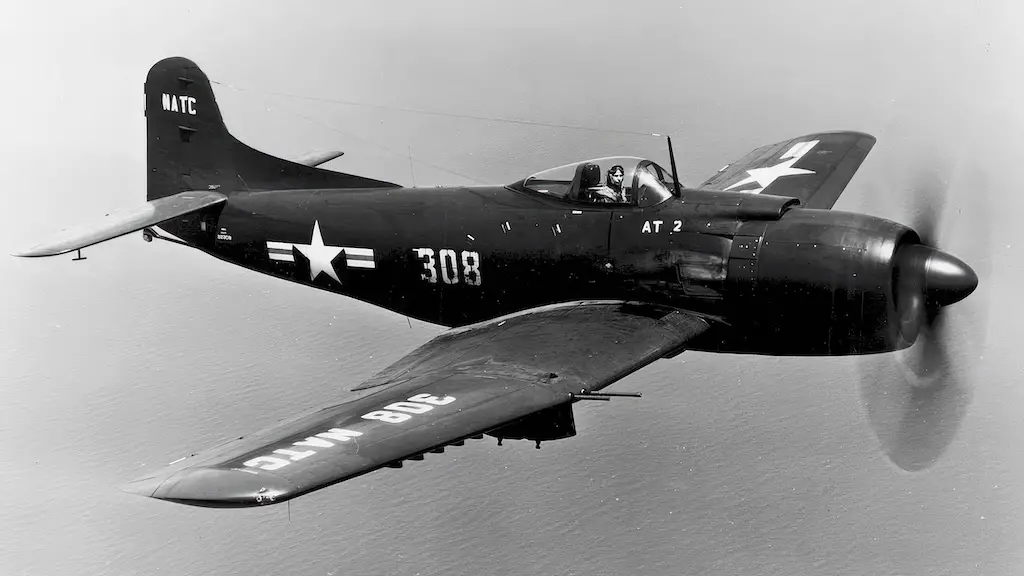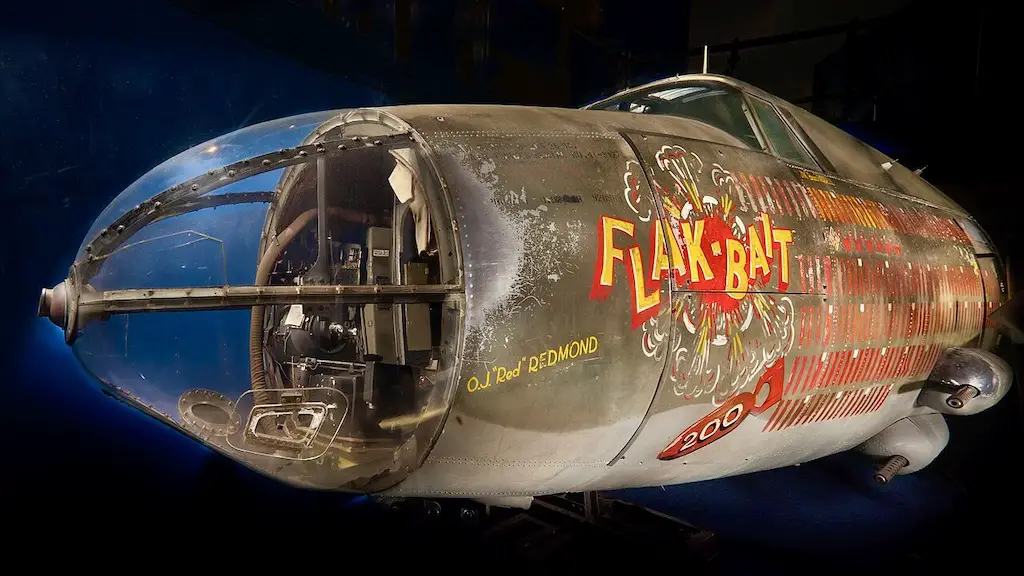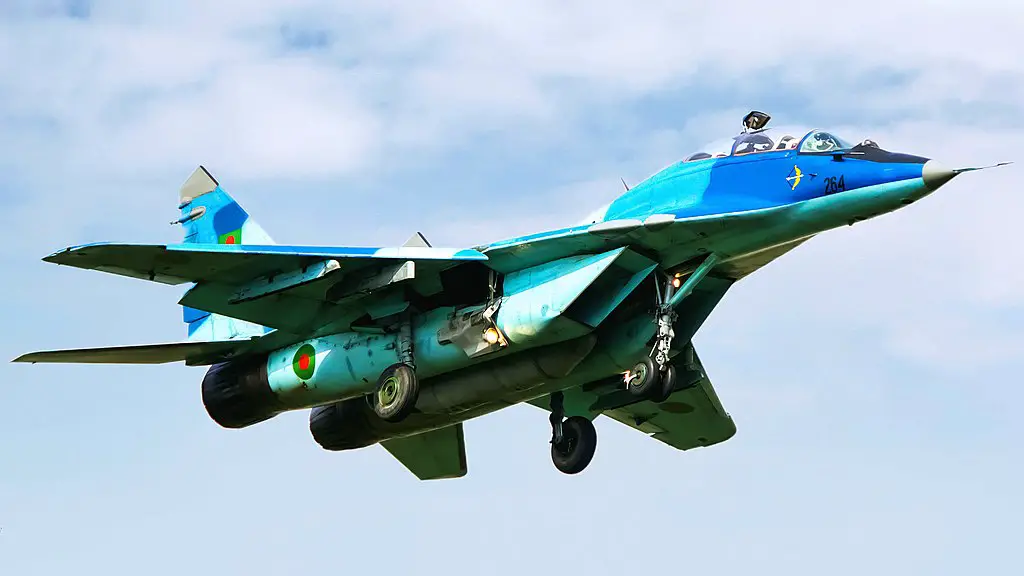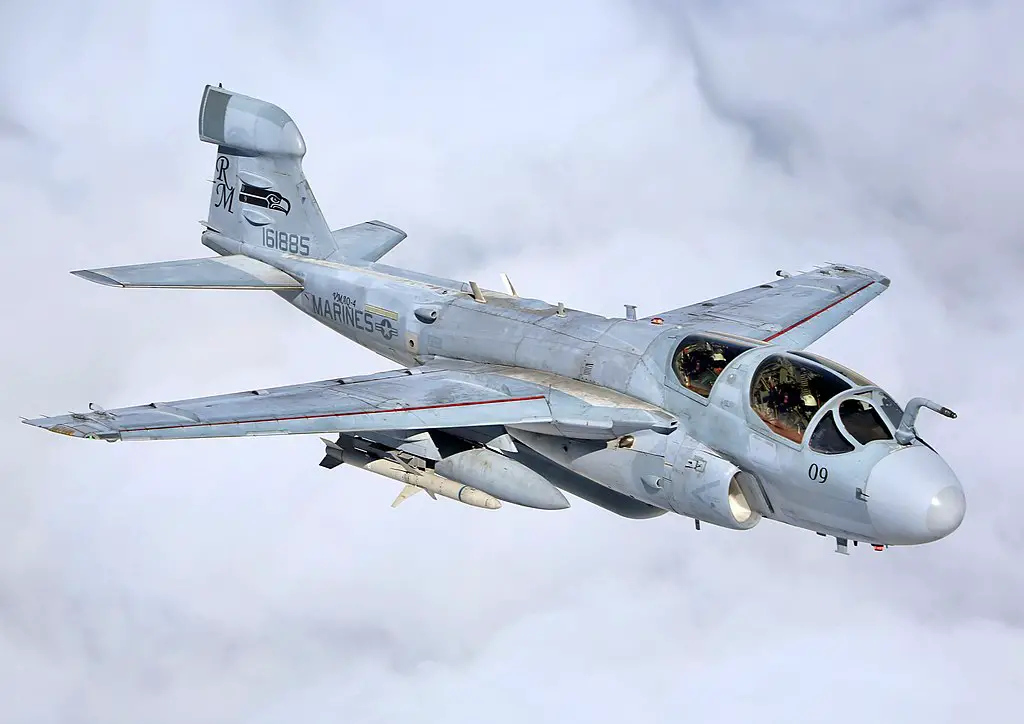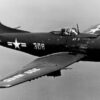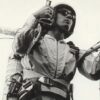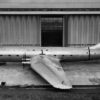The F-117, callsign “Vega-31“, was being flown by Lt. Col. Darrell Patrick “Dale” Zelko (born January 1 1960), an Operation Desert Storm veteran. He observed the two missiles punch through the low cloud cover and head straight for his aircraft. The first passed over him, close enough to cause buffeting, but without detonation. The second missile detonated nearby, its shrapnel and shockwave causing significant damage to the aircraft and causing it to tumble out of control. The explosion was large enough to be seen from a KC-135 Stratotanker flying over Bosnia.

Zelko was subject to intense g-forces as the aircraft tumbled and had great difficulty in assuming the correct posture for ejecting. After his parachute deployed, he used his survival radio to issue a mayday call and was able to contact the KC-135 that had seen him be shot down. Zelko used his survival radio while still descending although this was contrary to his training.
He reasoned the altitude would give his signal the best possible range and was also sure he would be quickly taken prisoner by Yugoslav forces on the ground and wanted to confirm he was unhurt before this happened.
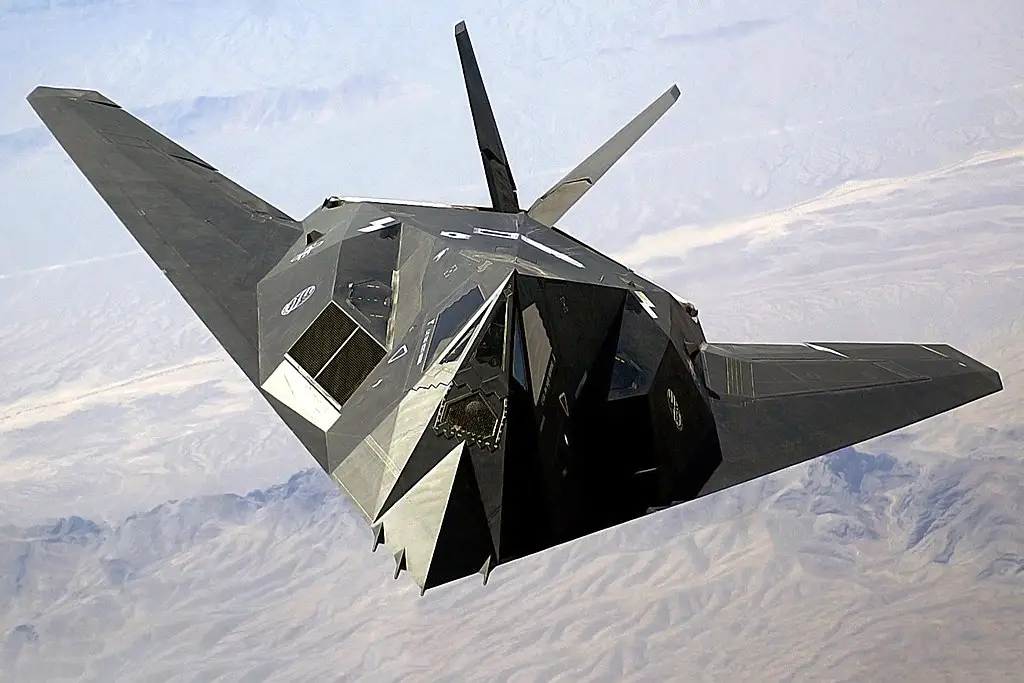
The NATO Operation Allied Force against Slobodan Milosevic-led Yugoslavia was an aerial bombing campaign carried out in the conditions of total superiority of the NATO air force over the Yugoslavian air defense forces.
NATO aircraft flew some 38,000 sorties over 78 days of the operation, losing only 2 aircraft (one of them an F-117). Ironically, a certain degree of carelessness caused by this absolute air superiority was among the reasons for losing that F-117.
The Yugoslavian air defense forces were mostly operating Soviet air defense systems designed back in the 1950s and 1960s, such as S-125 (NATO reporting name SA-3), while Yugoslavian air force had some MiG-29 fighters at its disposal. However, Yugoslavian air defense and air force capabilities were no match for NATO’s strike capabilities, either quantitatively, nor qualitatively. Still, downing a NATO aircraft would have a huge morale-boosting effect, and Yugoslavian anti-aircraft units were desperate to score a hit.
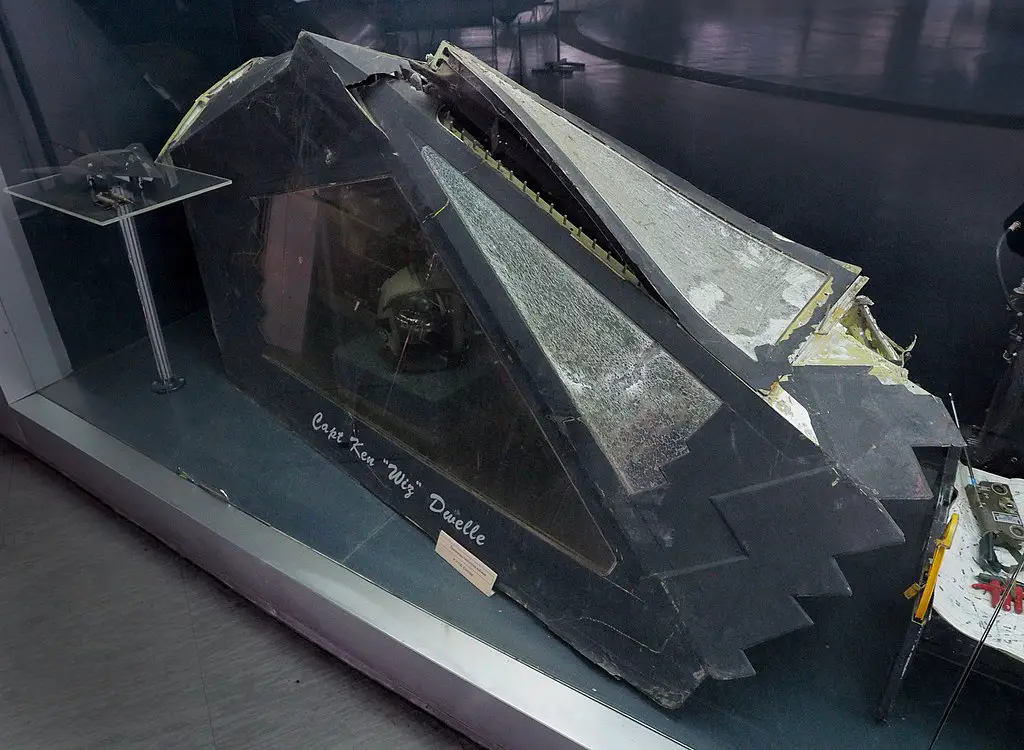
F-117s flew from Aviano Airbase in Italy to bomb targets in Yugoslavia. They were usually followed by EA-6B Prowler aircraft providing electronic warfare support. Prowlers could spot, as well as blind and deceive enemy radars, thus complementing capabilities of F-117, which is hard to detect but not really entirely invisible to all radars.
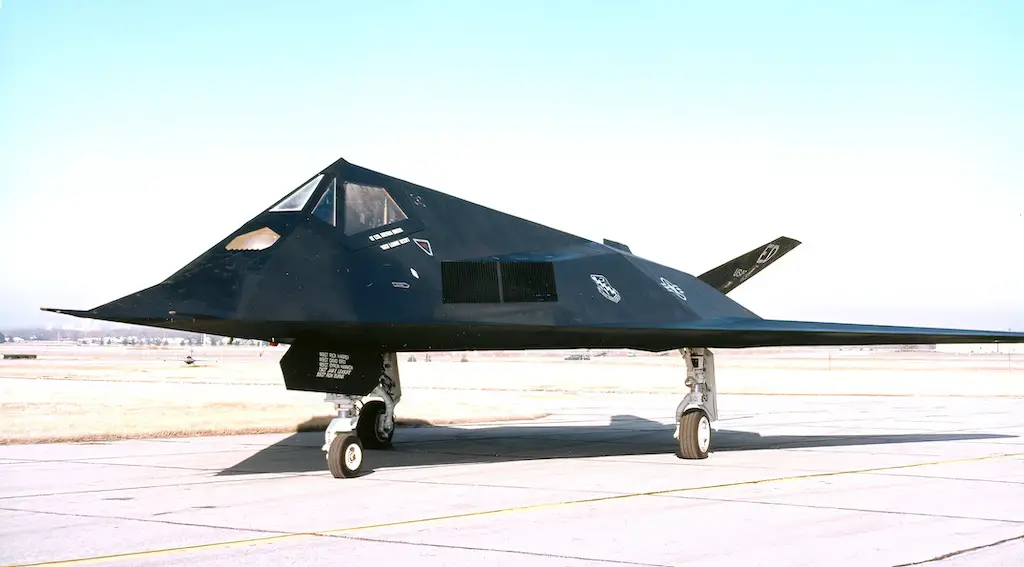
On March 27, 1999, the fourth night of the operation, three F-117s were sent on a bombing mission without their usual escort, as Prowlers were grounded due to bad weather. Serbs knew about that, as they had an intelligence source in Italy. They had also learned the usual route that F-117s followed, which the pilots didn’t care to change even flying without the EW support. Combination of these factors provided Zoltan Dani, commander of the 3rd battery of the 250th Missile Brigade, with a brilliant opportunity.
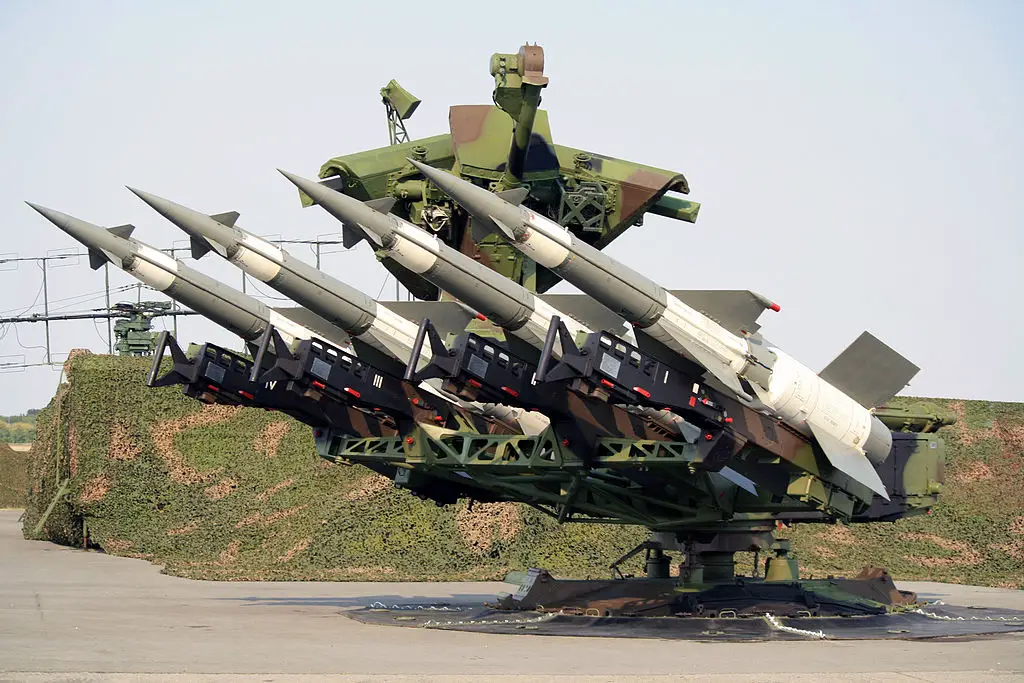
He was now able to safely use his P-18 and SNR-125 radars for longer than usual without any hindrance or threat from the Prowlers. So, when Lt. Col. Dale Zelko piloting one of the F-117s opened bomb bay doors to strike on the target, thus significantly increasing his stealth bomber’s radar signature, he got detected by the SNR-125 radar. Dani jumped at the opportunity, ordering to fire two S-125 anti-aircraft missiles. One of them detonated near enough, causing Zelko’s Nighthawk to plummet uncontrollably.
Lt. Col. Zelko ejected and was soon picked up by a special-ops combat search-and-rescue team, avoiding captivity, and Zoltan Dani remains known to this day as commander of the only anti-aircraft battery to have ever downed an F-117.
